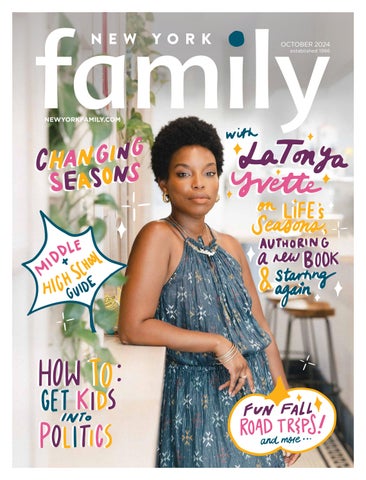
Carrie Mae Weems’ “Kitchen Table Series” Featured Prominently in Kamala Harris Campaign Ad

**The Kitchen Table as Symbol: Kamala Harris Campaign Features Iconic Carrie Mae Weems Art**
As Election Day approaches, a poignant use of art has emerged in political advertising. A new Kamala Harris campaign ad, produced by filmmakers Tanya Selvaratnam and Hannah Rosenzweig for the political action committee Communities United, incorporates powerful images from Carrie Mae Weems’s seminal *Kitchen Table Series* (1990). The ad, titled “[Kamala’s Table](https://www.youtube.com/watch?v=UkiLD-qJhU0),” began airing on October 30 and is being featured across digital platforms in battleground states during the final push for voter engagement.
Weems, a renowned photographer, was recently honored with the National Medal of Arts in recognition of her influential body of work. Her *Kitchen Table Series* has long been celebrated for its probing examination of Black womanhood through domestic tableaus that explore themes of family, intimacy, and identity. In these images, Weems transforms the kitchen table into a space of profound reflection and conversation, evoking universal themes from the everyday activities that take place around it.
### The Kitchen Table as a Metaphor for Life and Politics
“The kitchen table — it’s where we gather with family,” the ad’s narrator states as it opens with a slideshow of Weems’s iconic black-and-white photographs. These images, which depict scenes such as a woman enjoying lobster or a man reading a newspaper, serve as metaphors for family bonds, resilience, and reflection. They transition seamlessly into archival photos of Harris as a child with her mother and sister, further connecting the personal, familial space of the kitchen to the values Harris espouses in her public life and political platform.
The ad underscores Harris’s upbringing in a middle-class, tight-knit family. As the narrator mentions, it was at this very kitchen table where Harris learned the values of hard work and service, both of which have become central to her political identity. In addition, the usage of the kitchen table reflects Harris’s focus on economic issues, notably her proposals for increased child tax credits and a $25,000 payment to first-time homebuyers, initiatives aimed at supporting middle-class American families.
The kitchen table becomes more than a simple household object in this narrative. It is imbued with meaning, representing the connection between our private lives and collective political decisions. As Weems’s photographs show, the kitchen table is where profound conversations happen, where financial and emotional decisions are made, and where life’s biggest moments are reflected upon.
### Carrie Mae Weems and the *Kitchen Table Series*
Carrie Mae Weems is an artist whose work transcends the boundaries of fine art and social commentary. The *Kitchen Table Series* is particularly significant because it provides a nuanced, intimate examination of the roles and expectations imposed on Black women. Through a series of photographs featuring herself and various characters at a modest dining table, Weems weaves narratives of love, tension, solitude, and community.
The images, rendered in stark black and white, are far more than personal memories captured by the camera. They speak to broader issues of race, gender, power, and identity within the U.S. Weems uses the kitchen table, an ordinary and familiar site, to challenge societal perceptions and probe intricate cultural dynamics. From quiet moments of joy and relaxation to more solemn reflections on family and work, the table in Weems’s series becomes a stage where everyday life unfolds with extraordinary emotional depth.
That these images have found their way into a political advertisement for Kamala Harris, the first woman of color to serve as U.S. Vice President, underscores their stark resonance. As Harris discusses her policies and the values she learned at her own kitchen table, Weems’s images serve as a symbolic bridge between deeply personal experiences and the broader political discourse.
### A Call to Action for Voters
According to the racial justice organization Communities United, which produced the advertisement, the decision to include Weems’s photography stemmed from its embodiment of ordinary, shared experiences. “Like many of us, [Kamala Harris] learned the value of hard work and service to the people at her kitchen table,” the organization wrote in a social media post, linking the artist’s work to Harris’s life story and political commitments.
This effort to appeal to voters — particularly women, young people, and BIPOC (Black, Indigenous, and People of Color) communities — reflects a broader strategy that emphasizes real-life concerns such as the economy, family values, and representation. It ties the act of seeing and understanding everyday experiences at home to the very issues that Harris and the Democratic Party are seeking to address through legislation.
Mark Skidmore, CEO of Assemble the Agency, and Gina Belafonte, director and CEO of the creative nonprofit Sankofa, are credited for conceptualizing the ad, grounding its symbolic power in the art and narrative of Weems’s work. Their decision to bring art into the political realm reflects the